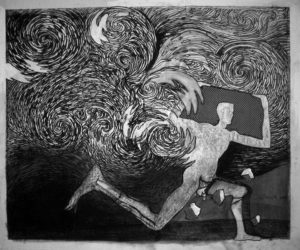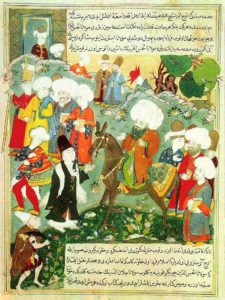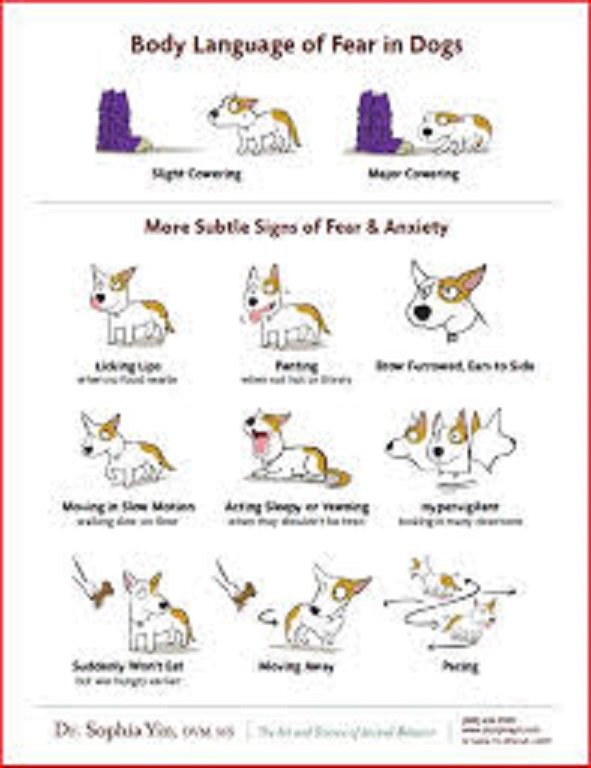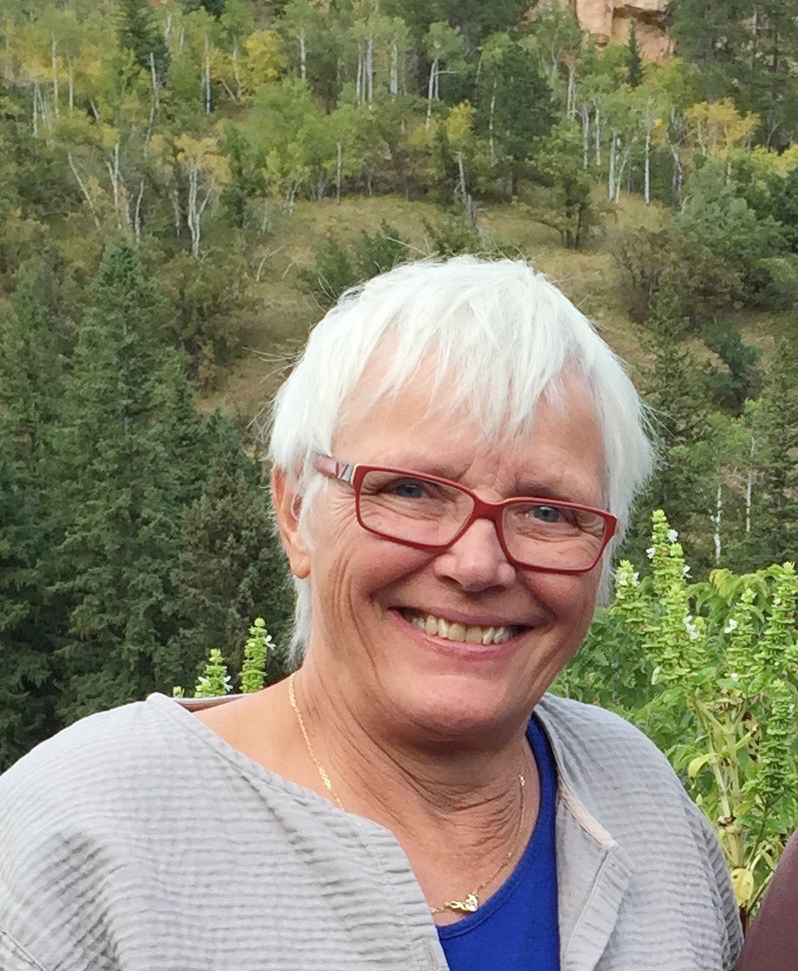
Long before there was a Diagnostic and Statistical Manual of Mental Disorders, the standard classification book of psychological maladies; long before there were psychiatrists and psychologists and social workers; before brain imaging or even the discovery that mental disturbances are not the result of an imbalance of humours originating in our liver, heart and spleen, as Hippocrates proposed; long before science became Science, at the very beginning of civilization, humans experienced anxiety.
Anxiety is not an aberration, an enemy, an alien dark force; it is a part of our human package, and rare is the individual who does not experience it. The Buddha saw that humans have an aversion to suffering but concluded that running from suffering (or, in this case, anxiety) only strengthens it. And yet anyone who has been besieged by anxiety recognizes the instinct to flee from its oppression. “Get me out of here!” we say, trying to distance ourselves from distress and reject or suppress our feelings of vulnerability. But since loss and grief and other difficult emotions are inherent in a human life, we can pretty much count on bouts of anxiety to resurface even if we’ve successfully sought relief through counseling, meditation, medication, or by numbing ourselves through denial, overwork, or addictions. As with other difficult emotional states, lasting changes are the result of working with the difficulty and transforming our relationship to it rather than from fleeing it.
 The study of evolution has taught us that anxiety is purposeful and necessary to our survival. It’s our warning system that something in the environment is threatening. Acknowledging anxiety’s prevalence and its biological roots can ease the shame, self-blame, and depression that often attend it. A problem arises, however, when anxiety floods us and no real danger is present, blocking our ability to discern threat from no-threat. Research indicates that anxiety distorts our perceptions. Anxiety causes us to see the world through the lens of fear. Feared objects appear closer than they really are. A cascade of physiological responses—shallow breathing, rapid heartbeats, and tightened muscles—create a negative feedback loop and heighten our experience of dread.
The study of evolution has taught us that anxiety is purposeful and necessary to our survival. It’s our warning system that something in the environment is threatening. Acknowledging anxiety’s prevalence and its biological roots can ease the shame, self-blame, and depression that often attend it. A problem arises, however, when anxiety floods us and no real danger is present, blocking our ability to discern threat from no-threat. Research indicates that anxiety distorts our perceptions. Anxiety causes us to see the world through the lens of fear. Feared objects appear closer than they really are. A cascade of physiological responses—shallow breathing, rapid heartbeats, and tightened muscles—create a negative feedback loop and heighten our experience of dread.
When slammed by anxiety, one way to cope is to pause, connect with our breath, breathing deep into the belly, notice our thoughts, reassess the situation and reassure ourselves we are safe. We can ask ourselves: “Is this tiger a real tiger or is it a large cat?” Learning to distinguish what our habitual responses have been to certain triggers helps us confront the problem and strengthens our ability to slip out of anxiety’s grip. We can ask: “What’s really here?”
Why not try a different way of looking at anxiety? What if, instead of trying to shun or control our anxiety, we befriended it? This is neither a glib suggestion nor an easy project. Nor is it “a cure.” Look at it as a creative and generative way to form a new and possibly transformative relationship to deep distress. What if we accepted that we don’t have to live with the anticipatory fear that anxiety will pounce on us at any moment, but could instead consider anxiety as a teacher and constructive ally in navigating our own emotional depths?
 Here is thirteenth-century mystic poet Rumi’s famous poem on the subject of our human wholeness and the prospect of inviting all that we are to make itself known and present, both the darkness and the light:
Here is thirteenth-century mystic poet Rumi’s famous poem on the subject of our human wholeness and the prospect of inviting all that we are to make itself known and present, both the darkness and the light:
The Guest House
This being human is a guest house.
Every morning a new arrival.A joy, a depression, a meanness,
some momentary awareness comes
as an unexpected visitor.Welcome and entertain them all!
Even if they are a crowd of sorrows,
who violently sweep your house
empty of its furniture,
still, treat each guest honorably.
He may be clearing you out
for some new delight.The dark thought, the shame, the malice,
meet them at the door laughing,
and invite them in.Be grateful for whatever comes,
because each has been sent
as a guide from beyond.—Jallaludin Rumi, translated by Coleman Barks
“One does not become enlightened by imagining figures of light but by making the darkness conscious,” wrote C. G. Jung. Here Jung was addressing what he called our shadow aspects, disowned and dissociated parts of our psyches that remain unconscious. For Jung, the process of becoming whole individuated human beings involves acknowledging, accepting, and integrating into our consciousness, to use Buddhist author Pema Chodron’s words, “the places that scare us.” In The Places That Scare Us: A Guide to Fearlessness in Difficult Times (2007), Chodron writes, “The essence of bravery is being without self-deception. However, it’s not so easy to take a straight look at what we do. Seeing ourselves clearly is initially uncomfortable and embarrassing.” In The Light Inside the Dark: Zen, Soul, and the Spiritual Life (1999), Zen teacher John Tarrant echoes this: “Integrity is the inner sense of wholeness and strength that arises out of our honesty with ourselves.”
 A Jungian perspective invites a holistic approach that views symptoms as manifestations of something out of balance in our psyches and as a call to healing. Analyst James Hollis, in his book, Hauntings: Dispelling the Ghosts Who Run Our Lives (2013), conveys through theory and case histories how unconscious material appears to come to us from the outside, as something fated or as a physical illness. Jung advanced Freud’s idea that a symptom is the psyche’s way of alerting us to a need that has gone unnoticed and unmet. Somatic illnesses themselves might offer symbolic clues to the unmet need, suggesting that our vulnerability to a given disease may relate to our emotional as well as physical well-being.
A Jungian perspective invites a holistic approach that views symptoms as manifestations of something out of balance in our psyches and as a call to healing. Analyst James Hollis, in his book, Hauntings: Dispelling the Ghosts Who Run Our Lives (2013), conveys through theory and case histories how unconscious material appears to come to us from the outside, as something fated or as a physical illness. Jung advanced Freud’s idea that a symptom is the psyche’s way of alerting us to a need that has gone unnoticed and unmet. Somatic illnesses themselves might offer symbolic clues to the unmet need, suggesting that our vulnerability to a given disease may relate to our emotional as well as physical well-being.
In ancient Greece, when a healing practitioner assessed an illness, he would ask: “What god has been offended here?” Jung contended that this connection still exists:
“We think we can congratulate ourselves on having already reached such a pinnacle of clarity, imagining that we have left all these phantasmal gods far behind. But what we have left behind are only verbal spectres, not the psychic factors that were responsible for the birth of the gods. We are still as much possessed by autonomous psychic contents as if they were Olympians. Today they are called phobias, obsessions, and so forth: in a word, neurotic symptoms. The gods have become diseases. Zeus no longer rules Olympus but rather the solar plexus, and produces curious specimens for the doctor’s consulting rooms, or disorders the brains of politicians and journalists who unwittingly let loose psychic epidemics on the world.”—Jung, Collected Works, V13 (1929)
If the Greek pantheon of gods and goddess represent aspects of Self, we might consider that each of us houses our own “gods and goddesses” who direct our lives in unseen ways. What if our anxiety acts as a disgruntled or offended spirit? If so, we must listen to its story and find out why it’s offended and what it wants.
 One way to work with anxiety is to approach it as a spirit that is asking for recognition and understanding. Anxiety is both universal and personal. Symptomatically, your and my anxiety may look the same, but their roots are in our personal histories. Asking directly what our anxiety wants and why it is here, and then dialoguing with it in a journal can help clarify your personal anxiety’s intention. Is it a wise teacher? A frightened child? A wild medicine man? Working playfully to paint, draw, sculpt or write about your anxiety need not replace traditional treatment but can open a new and surprising connection with what ails. Be curious! What does your anxiety look like? A monstrous clawed hand or an exploding bomb? Is it all black or does it have fiery red or bright yellow parts? Working creatively with anxiety releases the positive forces of empathy, both for oneself and for the anxiety, which is no less than a part of you.
One way to work with anxiety is to approach it as a spirit that is asking for recognition and understanding. Anxiety is both universal and personal. Symptomatically, your and my anxiety may look the same, but their roots are in our personal histories. Asking directly what our anxiety wants and why it is here, and then dialoguing with it in a journal can help clarify your personal anxiety’s intention. Is it a wise teacher? A frightened child? A wild medicine man? Working playfully to paint, draw, sculpt or write about your anxiety need not replace traditional treatment but can open a new and surprising connection with what ails. Be curious! What does your anxiety look like? A monstrous clawed hand or an exploding bomb? Is it all black or does it have fiery red or bright yellow parts? Working creatively with anxiety releases the positive forces of empathy, both for oneself and for the anxiety, which is no less than a part of you.
The renowned writer Rainer Maria Rilke in his book, Letters to A Young Poet (1929), wrote this advice to a young cadet trying to decide between a military or a literary career:
“Perhaps all the dragons in our lives are princesses who are only waiting to see us act, just once, with beauty and courage. Perhaps everything that frightens us is, in its deepest essence, something helpless that wants our love.”
Empathy, compassion, understanding, patience, embracing our wholeness—these are the qualities that ease our suffering and allow us to heal.
This post appeared in a slightly different form on Dale’s blog on Psychology Today. You can find all of Dale’s blog posts for Psychology Today at




